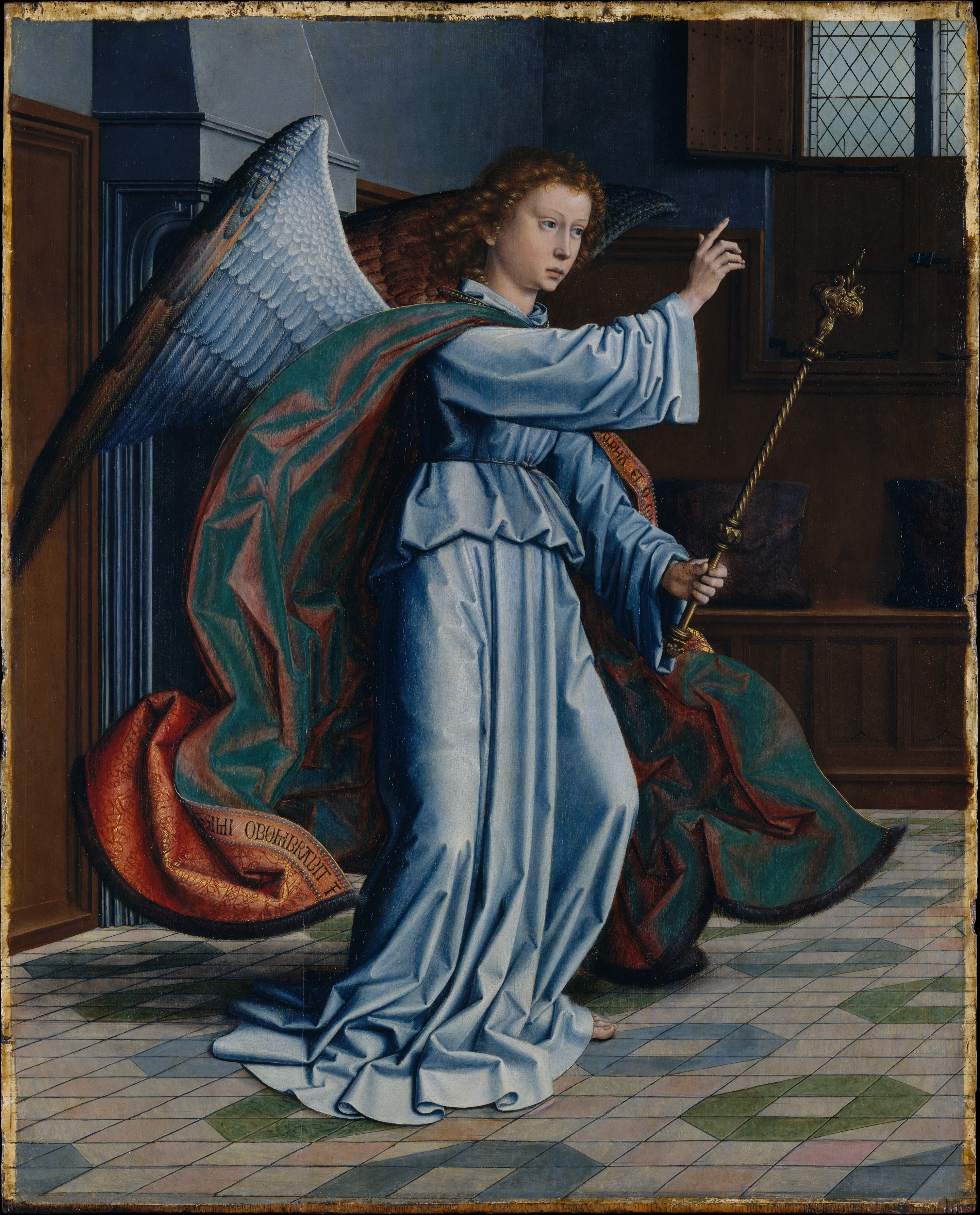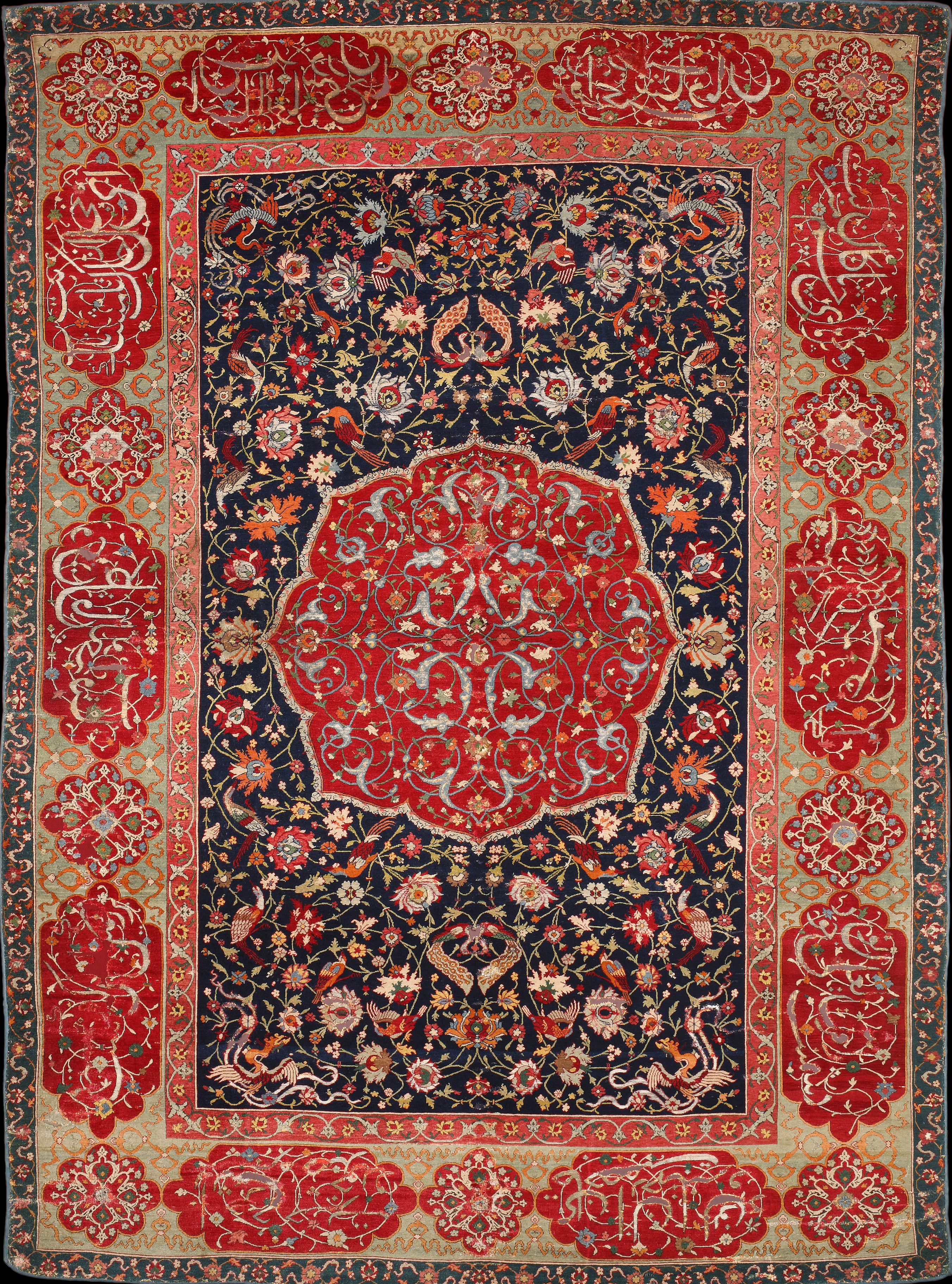|
Gerard David
Gerard David (c. 1460 – 13 August 1523) was an Early Netherlandish painter and manuscript illuminator known for his brilliant use of color. Only a bare outline of his life survives, although some facts are known. He may have been the Meester gheraet van brugghe who became a master of the Antwerp guild in 1515. He was very successful in his lifetime and probably ran two workshops, in Antwerp and Bruges.Campbell, 116 Like many painters of his period, his reputation diminished in the 17th century until he was rediscovered in the 19th century. Life He was born in Oudewater, now located in the province of Utrecht. His year of birth is approximated as c. 1450–1460 on the basis that he looks to be around 50 years in the 1509 self-portrait found in his ''Virgin among the Virgins''.Hand, 63 He is believed to have spent time in Italy from 1470 to 1480, where he was influenced by the Italian Renaissance. He formed his early style under Albert van Oudewater in Haarlem, and moved ... [...More Info...] [...Related Items...] OR: [Wikipedia] [Google] [Baidu] |
Musée Des Beaux-Arts De Rouen
The Musée des Beaux-Arts de Rouen is an art museum in Rouen, in Normandy in north-western France. It was established by Napoléon Bonaparte in 1801, and is housed in a building designed by and built between 1877 and 1888. Its collections include paintings, sculptures, drawings and objets d'art. History The museum was established by Napoléon Bonaparte in 1801. The museum building was built between 1877 and 1888 to designs by . The collections include paintings, sculptures, drawings and objets d'art from the Renaissance to the present day, including a collection of Russian icons dating from the fifteenth to the early nineteenth century, and some 8000 drawings. The Depeaux collection of Impressionist works was donated to the museum in 1909. Paintings The museum holds paintings of several European schools from the sixteenth century to the present day. Among them is work by: * sixteenth century: Jacopo Bassano, Annibale Carracci, François Clouet, Gerard David, Perugino and V ... [...More Info...] [...Related Items...] OR: [Wikipedia] [Google] [Baidu] |
Cornelia Cnoop
Cornelia Cnoop or Cnopp (born 1450) was an Netherlandish miniature painter. A painting attributed to her hand was exhibited in 1902 in Bruges during the ''Exposition des primitifs flamands à Bruges'', in the Provinciaal Hof as catalog number 130. She was married to the painter and manuscript illuminator Gerard David. She was born in Bruges as the daughter of the goldsmith Jacob Cnoop de Jongere and Kathelijne uter Vorst.Cornelia Cnoop in historical society biography of Gerard David Her father was a dean of the goldsmiths' guild. She married Gerard David in 1497. They had a daughter Barbara. In 1509 her husband donated a ''Virgo inter Virgines'' to the church of the Carmelites, that included a self-portrait on the left and a portrait of his wife on the ... [...More Info...] [...Related Items...] OR: [Wikipedia] [Google] [Baidu] |
Rothschild Prayerbook 2
Rothschild () is a name derived from the German ''zum rothen Schild'' (with the old spelling "th"), meaning "with the red sign", in reference to the houses where these family members lived or had lived. At the time, houses were designated by signs with different symbols or colors, not numbers. The name ''Rothschild'' in Yiddish means "red coat" (coat as in heraldic coat of arms). The Rothschild banking family's coat of arms features in the center of its heraldry a red shield. The German surname "Rothschild" is not related to the Scottish/Irish surname of "Rothchilds" from the United Kingdom. People The most notable family of people with this surname are descendants of Mayer Amschel Rothschild who formed a financial dynasty and, in modern history, perhaps the wealthiest family by the scale of their private fortune. In Denmark, by royal decree of 29 March 1814, all Danish Jews were obliged to adopt a surname after their town of residence. In the records, one family with resid ... [...More Info...] [...Related Items...] OR: [Wikipedia] [Google] [Baidu] |
Quentin Matsys
Quentin Matsys ( nl, Quinten Matsijs) (1466–1530) was a Flemish painter in the Early Netherlandish tradition. He was born in Leuven. There is a tradition alleging that he was trained as an ironsmith before becoming a painter. Matsys was active in Antwerp for over 20 years, creating numerous works with religious roots and satirical tendencies. He is regarded as the founder of the Antwerp school of painting, which became the leading school of painting in Flanders in the 16th century. He introduced new techniques and motifs as well as moralising subjects without completely breaking with the tradition.Nanny Schrijvers, ''Quinten Massijs '' at Flemish Primitives Early life Most early accounts of Matsys' life are composed primarily of legend and very little co ...[...More Info...] [...Related Items...] OR: [Wikipedia] [Google] [Baidu] |
George Salting
George Salting (15 August 183512 December 1909) was an Australian-born British art collector. He had inherited considerable wealth from his father; Salting collected paintings, Chinese porcelains, furniture, and many other categories of art and decorative items. He left his paintings to the National Gallery, London, prints and drawings to the British Museum, and the remainder to the Victoria & Albert Museum, requesting that the collection be displayed intact rather than divided among the museum's departments. Early life Salting was born in Sydney, the son of Severin Kanute (Knud) Salting (1806–1865), a Dane who had extensive business interests in New South Wales. In 1858 he made a gift of £500 to the University of Sydney to found scholarships to be awarded to students from Sydney Grammar School. George Salting's mother was Louisa Augusta, ''née'' Fiellerup. George Salting was educated locally and then moved with his family to England and studied at Eton College.A. F. Pike ... [...More Info...] [...Related Items...] OR: [Wikipedia] [Google] [Baidu] |
Geertgen Tot Sint Jans
Geertgen tot Sint Jans (c. 1465 – c. 1495), also known as Geertgen van Haarlem, Gerrit van Haarlem, Gerrit Gerritsz, Gheertgen, Geerrit, Gheerrit, or any other diminutive form of Gerald, was an Early Netherlandish painter from the northern Low Countries in the Holy Roman Empire. No contemporary documentation of his life has been traced, and the earliest published account of his life and work is from 1604, in Karel van Mander's ''Schilder-boeck''. According to van Mander, Geertgen was probably a pupil of Albert van Ouwater, one of the first oil painters in the northern Low Countries. Both painters lived in the city of Haarlem, where Geertgen was attached to the house of the Knights of Saint John, perhaps as a lay brother, for whom he painted an altarpiece. In van Mander's book he states that Geertgen took the name of St. John without joining the order, thus his last name "tot Sint Jans" was derived from the order's name and means "unto Saint John". Biography Though van Mand ... [...More Info...] [...Related Items...] OR: [Wikipedia] [Google] [Baidu] |
Dirk Bouts
Dieric Bouts (born c. 1415 – 6 May 1475) was an Early Netherlandish painter. Bouts may have studied under Rogier van der Weyden, and his work was influenced by van der Weyden and Jan van Eyck. He worked in Leuven from 1457 (or possibly earlier) until his death in 1475. Bouts was among the first northern painters to demonstrate the use of a single vanishing point (as illustrated in his ''Last Supper''). Works Early works (before 1464) Bouts's earliest work is the '' Triptych of the Virgin's Life'' in the Prado (Madrid), dated to about 1445. The ''Deposition Altarpiece'' in Granada (Capilla Real) probably also dates to this period, around 1450–1460. A dismembered canvas altarpiece—now in the Royal Museums of Fine Arts of Belgium (Brussels), the J. Paul Getty Museum (Los Angeles), National Gallery (London), Norton Simon Museum (Pasadena), and a Swiss private collection—with the same dimensions as the ''Altarpiece of the Holy Sacrament'' may belong to this period. The ... [...More Info...] [...Related Items...] OR: [Wikipedia] [Google] [Baidu] |
Metropolitan Museum Of Art
The Metropolitan Museum of Art of New York City, colloquially "the Met", is the largest art museum in the Americas. Its permanent collection contains over two million works, divided among 17 curatorial departments. The main building at 1000 Fifth Avenue, along the Museum Mile on the eastern edge of Central Park on Manhattan's Upper East Side, is by area one of the world's largest art museums. The first portion of the approximately building was built in 1880. A much smaller second location, The Cloisters at Fort Tryon Park in Upper Manhattan, contains an extensive collection of art, architecture, and artifacts from medieval Europe. The Metropolitan Museum of Art was founded in 1870 with its mission to bring art and art education to the American people. The museum's permanent collection consists of works of art from classical antiquity and ancient Egypt, paintings, and sculptures from nearly all the European masters, and an extensive collection of American ... [...More Info...] [...Related Items...] OR: [Wikipedia] [Google] [Baidu] |
Max Jakob Friedländer
Max Jakob Friedländer (5 July 1867 in Berlin – 11 October 1958 in Amsterdam) was a German museum curator and art historian. He was a specialist in Early Netherlandish painting and the Northern Renaissance, who volunteered at the Kupferstichkabinett Berlin in 1891 under Friedrich Lippmann. On Lippmann's recommendation, Wilhelm von Bode took him on as his assistant in 1896 for the paintings division. He was appointed deputy director of the Kaiser Friedrich Museum (then containing the Berlin State Museums' old master paintings and sculpture) under Bode in 1904 and became director himself from 1924 to 1932, working on his history ''From Van Eyck to Bruegel'' and the 14-volume (printed in 16, with supplements) survey ''Early Netherlandish Painting''. In 1933 he was dismissed as a "non-Aryan" and in 1939 had to move to Amsterdam as a result of being a Jew. He attained the rank and title of geheimrat (privy councillor) under the German Empire. He also donated several works to the coll ... [...More Info...] [...Related Items...] OR: [Wikipedia] [Google] [Baidu] |
Erwin Panofsky
Erwin Panofsky (March 30, 1892 in Hannover – March 14, 1968 in Princeton, New Jersey) was a German-Jewish art historian, whose academic career was pursued mostly in the U.S. after the rise of the Nazi regime. Panofsky's work represents a high point in the modern academic study of iconography, which he used in hugely influentialShone, Richard and Stonard, John-Paul, eds. ''The Books that Shaped Art History'', chapter 7. London: Thames & Hudson, 2013. works like his "little book" ''Renaissance and Renascences in Western Art'' and his masterpiece, ''Early Netherlandish Painting''. Many of his works are still in print, including ''Studies in Iconology: Humanist Themes in the Art of the Renaissance'' (1939), ''Meaning in the Visual Arts'' (1955), and his 1943 study ''The Life and Art of Albrecht Dürer''. Panofsky's ideas were also highly influential in intellectual history in general,Chartier, Roger. ''Cultural History'', pp. 23–24 (from "Intellectual History and the History of ... [...More Info...] [...Related Items...] OR: [Wikipedia] [Google] [Baidu] |
Gerard David Tryptique De La Famille Sedano Bruges 1523
Gerard is a masculine forename of Proto-Germanic origin, variations of which exist in many Germanic and Romance languages. Like many other early Germanic names, it is dithematic, consisting of two meaningful constituents put together. In this case, those constituents are ''gari'' > ''ger-'' (meaning 'spear') and -''hard'' (meaning 'hard/strong/brave'). Common forms of the name are Gerard (English, Scottish, Irish, Dutch, Polish and Catalan); Gerrard (English, Scottish, Irish); Gerardo (Italian, and Spanish); Geraldo (Portuguese); Gherardo (Italian); Gherardi (Northern Italian, now only a surname); Gérard (variant forms ''Girard'' and ''Guérard'', now only surnames, French); Gearóid (Irish); Gerhardt and Gerhart/Gerhard/Gerhardus (German, Dutch, and Afrikaans); Gellért ( Hungarian); Gerardas ( Lithuanian) and Gerards/Ģirts ( Latvian); Γεράρδης (Greece). A few abbreviated forms are Gerry and Jerry (English); Gerd (German) and Gert (Afrikaans and Dutch); Gerrit ( ... [...More Info...] [...Related Items...] OR: [Wikipedia] [Google] [Baidu] |






